Asus Zenfone 10 Adds Wireless Charging & Gimbal Stabilizer 2.0 to Compact Form Factor
The Asus Zenfone 10 has been officially announced, bringing several significant improvements compared to its predecessor. While it may appear identical from the front, closer examination reveals various updates.
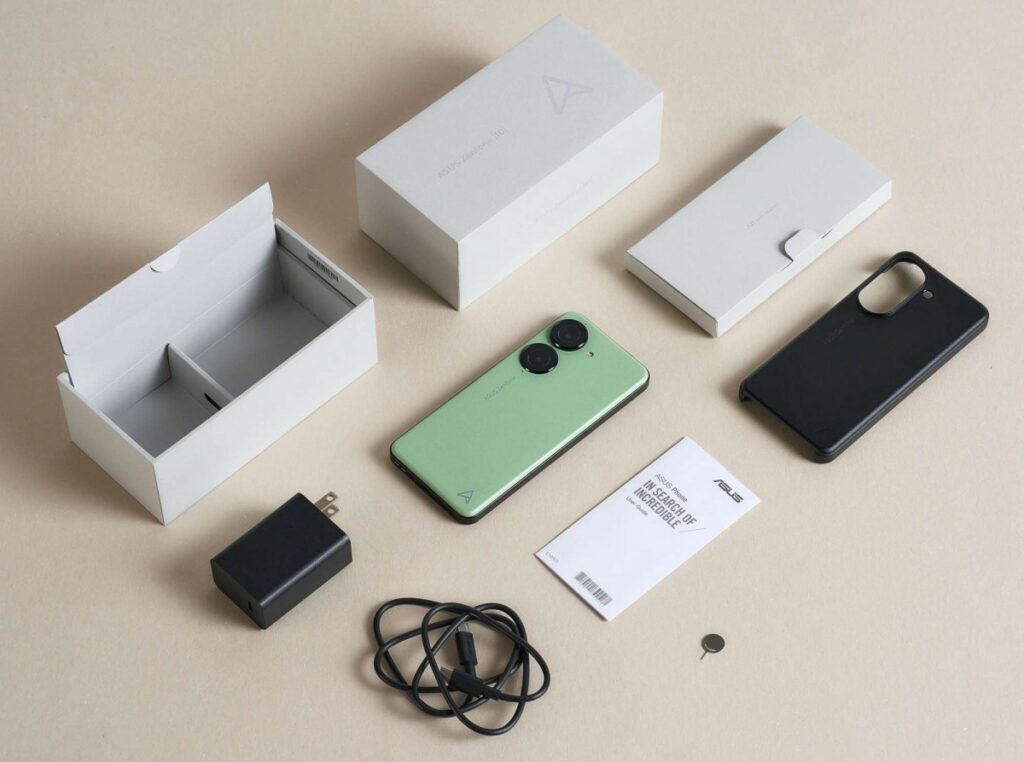
The device is equipped with the latest Snapdragon 8 Gen 2 chipset, offering up to 16GB of RAM. This chipset delivers a 15% increase in computing speed, 20% faster gaming performance, and, importantly, 15% better efficiency.
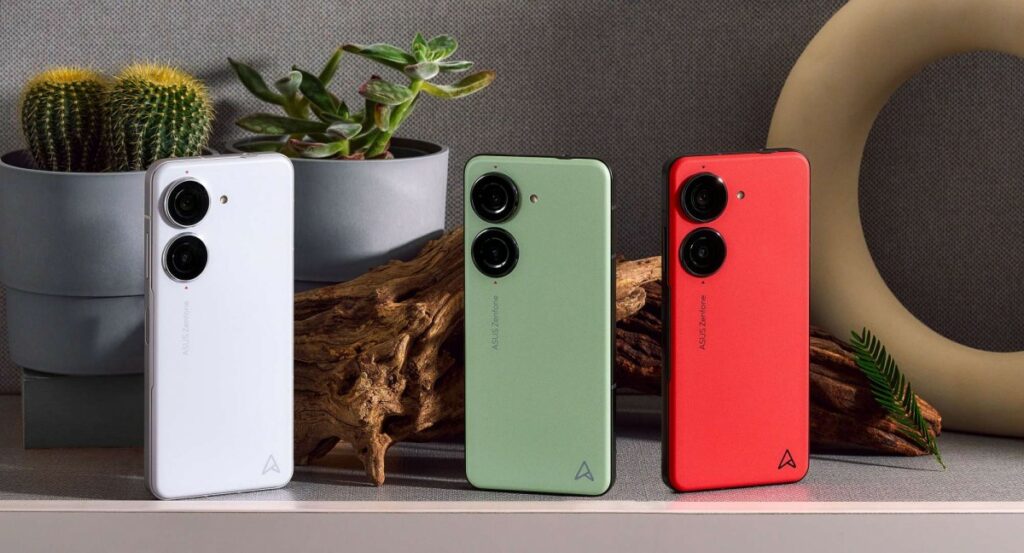
The improved efficiency contributes to a nearly 13% increase in battery endurance for the Zenfone 10’s 4,300mAh battery. Addressing one of the main criticisms of the Zenfone 9, Asus has added support for 15W Qi wireless charging, while retaining the existing 30W HyperCharge wired charging.

The front of the device still features a 5.9-inch 1080x2400px AMOLED display, but it now boasts a 144Hz refresh rate. However, the highest refresh rate is reserved for gaming, while the display mostly functions at a 120Hz refresh rate. This feature keeps the Zenfone 10 in the exclusive group of compact flagship phones available in the market.

The display is calibrated to DCI-P3, offers color accuracy below 1 Delta-E, reaches peak brightness of 1100 nits, and features Gorilla Glass Victus protection. Asus has made slight changes to the rear design, but the nametag, similar to the Zenfone 9, remains.
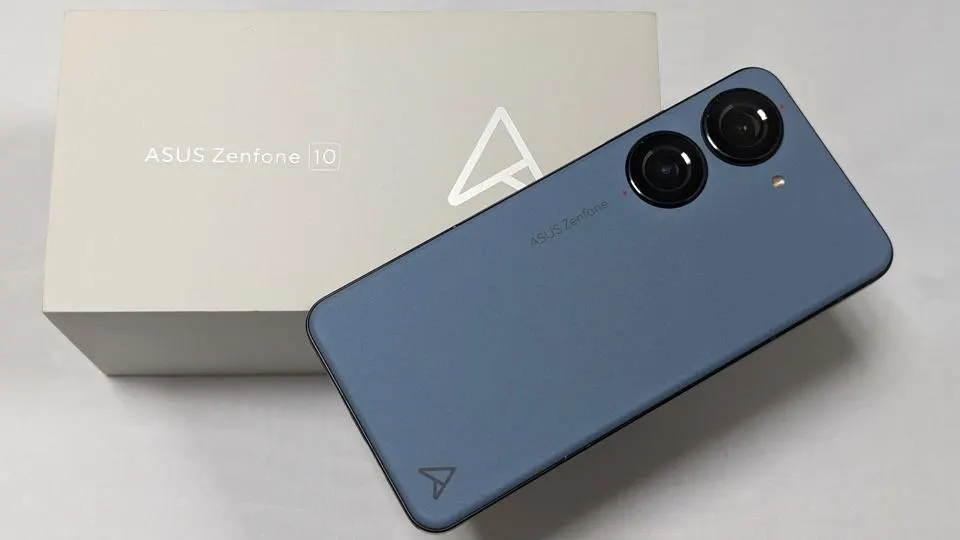
Asus has introduced two new color options, Eclipse Red and Aurora Green, alongside the existing Midnight Black, Comet White, and Starry Blue palettes. The camera setup has also been updated, featuring a 50MP 1/1.56-inch main sensor with a 24mm f/1.9 lens, which now incorporates the second-generation 6-Axis Hybrid Gimbal Stabilization.

The device also includes a 12MP ultrawide camera and a 32MP front-facing camera. While the ultrawide and front cameras no longer offer autofocus, Asus promises significant improvements in night mode photography with the new camera system.
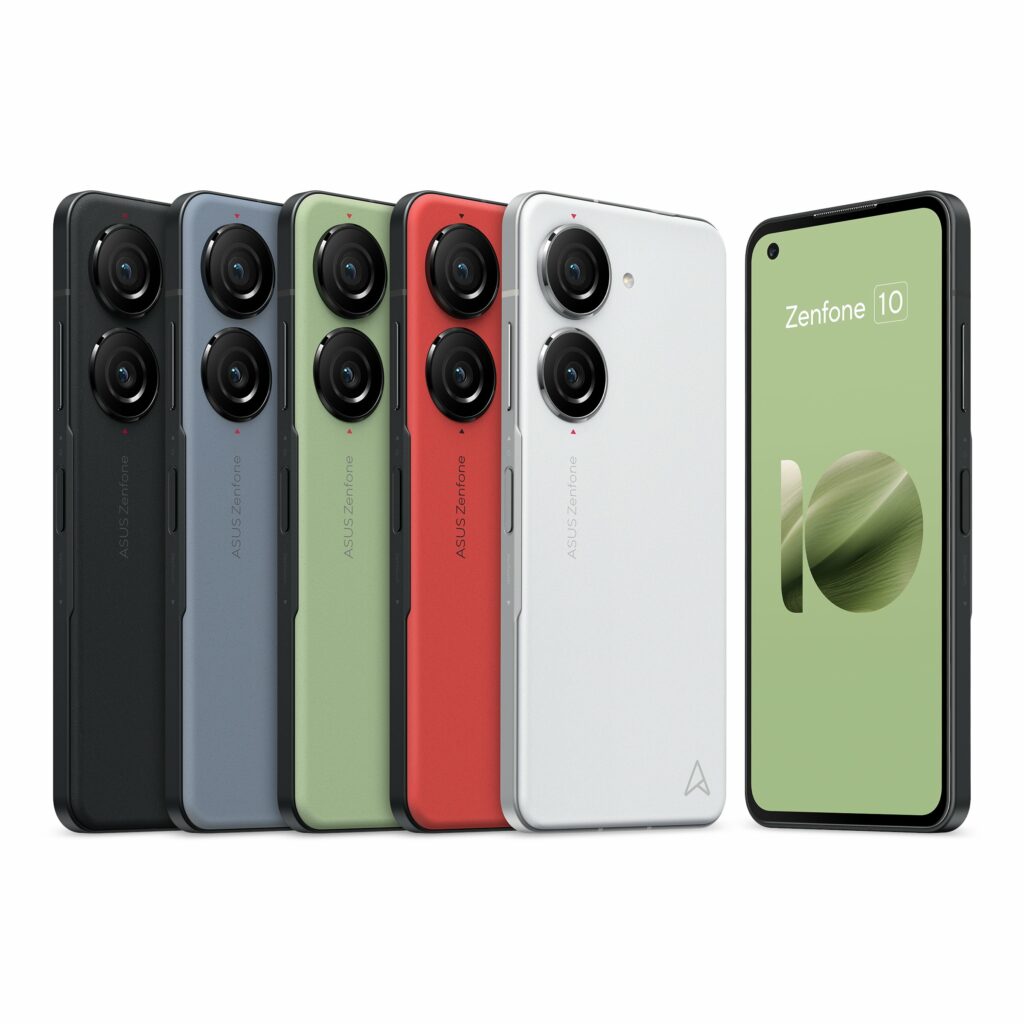
The gimbal technology on which the main camera is mounted provides impressive stabilization, building upon the already steady Zenfone 9. This system utilizes the gyroscope to detect camera shake, engaging both electronic and optical image stabilization to slightly move the image, resulting in an overall steady shot. The Adaptive EIS feature selects the optimal field of view based on the shot and can crop further if necessary to provide the best possible stability.
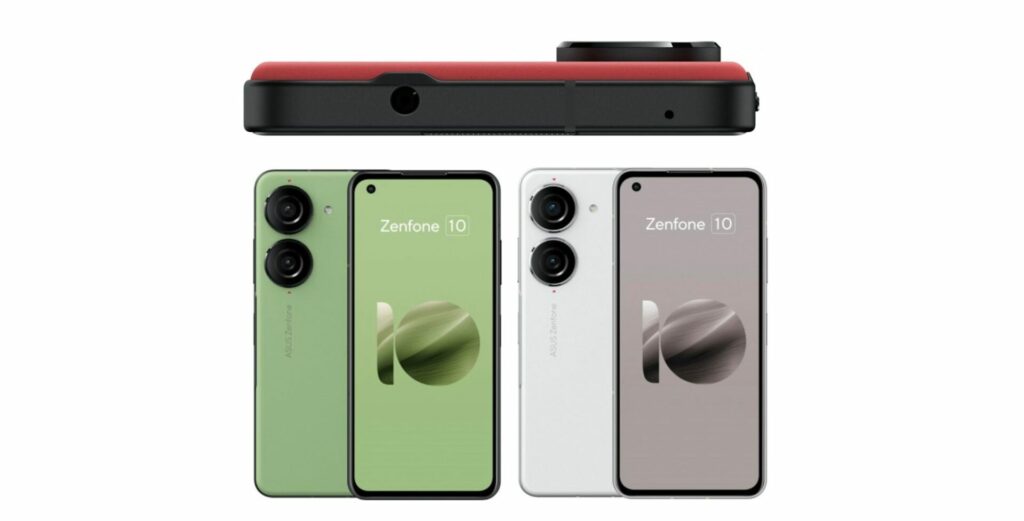
The Zenfone 10 leverages its gimbal system to enable Light Trail mode, allowing handheld capture of traffic trails, light graffiti, long-exposure waterfall images, and photos of people in motion. In terms of packaging, the Asus Zenfone 10 comes in an environmentally-conscious box made from recycled paper and soy ink, without the use of adhesive. Inside the box, you’ll find the Zenfone 10, a USB-C cable, a 30W charger, and a bumper case.
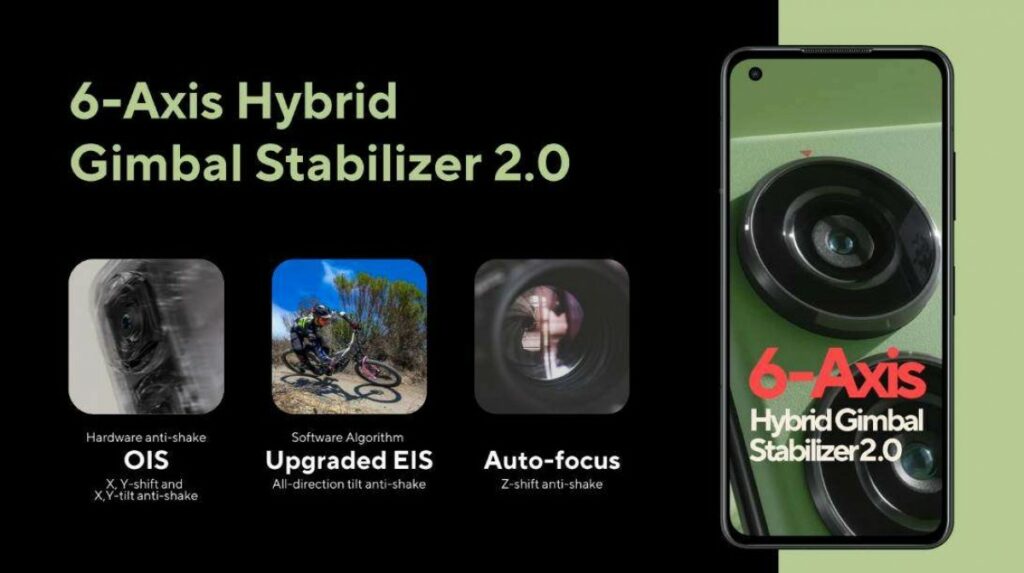
Asus is making the Zenfone 10 available for purchase on its website and through selected retail partners, starting today. The base model with 8GB of RAM and 128GB of storage is priced at €799. Doubling the storage to 256GB raises the price to €849, while the 16GB/256GB variant is priced at €929. A 16GB/512GB model is also expected, but pricing for that configuration has yet to be confirmed.
Published on 07/9/23 12:24 | by Rawa John










